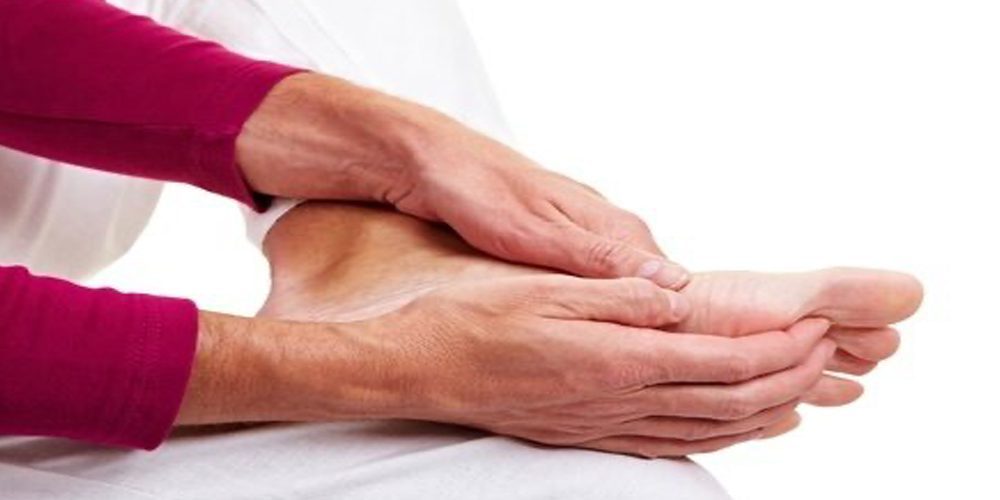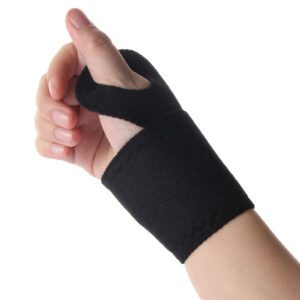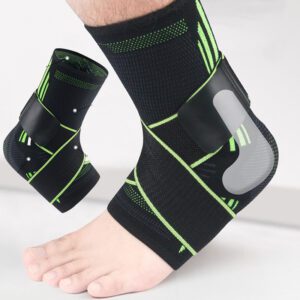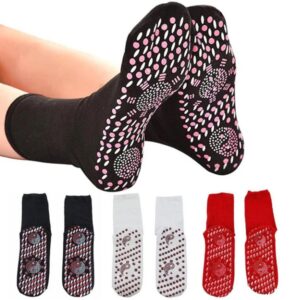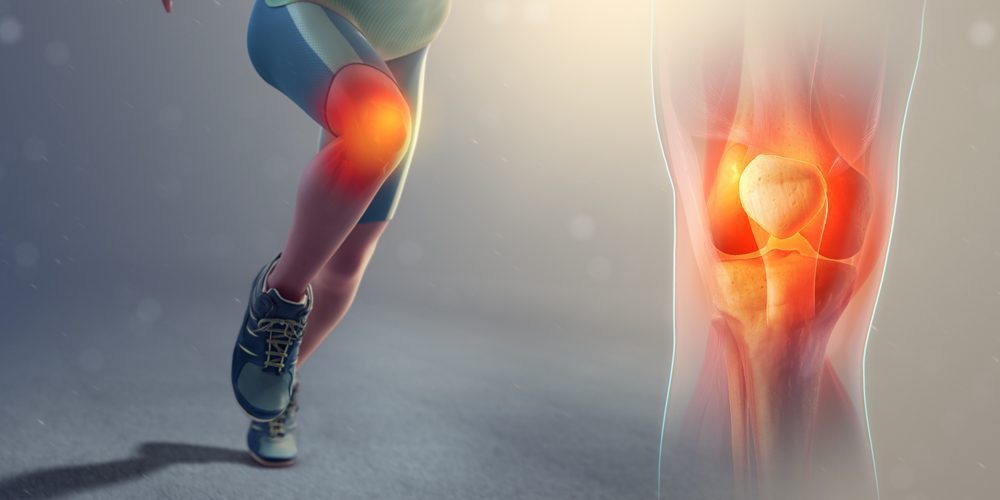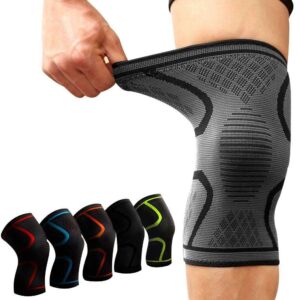Can you identify which of the following is not a possible cause of sole of foot pain?
A. Scarring from an injury to the foot, such as stepping on something sharp or stubbing your toe
B. A bone spur
C. Plantar fasciitis
D. Heel spurs
E. Arthritis
F.Peripheral Neuropathy
G. Metatarsalgia
H. All are possible causes for pain in the soles of the feet
The answer is H! All of the above-mentioned conditions can cause pain in the soles of your feet. And there are even a few more that I didn’t mention to keep the list short.
So how can you tell what is causing their pain in the soles of your feet to can get the right treatment?
In order to diagnose exactly where your pain is originating from, you will have to visit your doctor or podiatrist for an examination so they can run some tests on you and ask you questions about when it started, if there was a trauma involved, etc.
In some cases, your doctor will be able to diagnose the problem right away but in most cases, it is still necessary to run some tests. A few of these tests are:
– Blood test looking for inflammatory diseases such as Rheumatoid arthritis or gout
– X-rays look at bones, joints, tendons, muscles
– Ultrasound looking at your soft tissue structures such as tendons or ligaments
– Nerve conduction studies to test for conditions that affect the nerves causing them not to function properly
Once you have been diagnosed with a condition affecting the soles of your feet you can start the treatment right away.
Which Conditions Can Cause Sole Of Foot Pain?
Pain at the bottom (sole) of your foot can be caused by many different conditions. Some of these conditions are common while others are very rare.
In this article, I try to explain the most common conditions and give you an overview of the symptoms and causes. And – what’s the most important part – what you can do to kiss your pain goodbye.
Plantar Fasciitis
Plantar fasciitis is an inflammation of the thick band of tissue that runs across the bottom of your foot. This thick tissue is called the plantar fascia. The cause of inflammation and pain can be and often is tight calf muscles (gastrocnemius and soleus) which put a lot of tension on this tissue making it hurt. This can happen as a result of prolonged or irregular walking patterns – like working in retail shops standing on your feet all day, for example. When you get up in the morning after sleeping, your calf muscles are still tired and shorten even more which causes more tension on the plantar fascia.
Another possible cause is shoes that don’t fit properly or that lack proper support can also be a trigger.
But the most frequent cause of plantar fasciitis is by far overuse. Repeated exercises or movements that put a lot of pressure and stress on the plantar fascia are most often the culprits of this inflammation. Walking, running or standing on your feet for long hours, sports that require a lot of jumping and running or foot deformities that don’t distribute the weight evenly across your feet are good examples.
This condition is usually only present in one foot but can also occur in both feet at the same time.
The pain of plantar fasciitis is often worst when you first get out of bed or after long hours of being seated or lying down. Getting up on your toes will help relieve the pain and so will walking around for a while.
The good news is that plantar fasciitis responds very well to common orthotic devices such as arch supports, heel pads and night splints that help keep the calf muscles and plantar fascia at rest and in a more neutral position. Treatment usually takes several weeks to several months but most people get complete relief.
We have several articles and products for plantar fasciitis available on our blog and in our shop. Check out the most comprehensive article here.
Peripheral Neuropathy
A lot of people think that a nerve in your leg is a long tube going from the hip to the foot with nerves sticking out of them. This is actually not how it works.
Nerves are bundled together inside your body so they can function properly. When you injure or compress one part of this bundle, other parts can take over its job. This can cause other parts of the bundle to become overworked which leads to pain, numbness or tingling in your feet and legs that can affect your ability to walk normally.
Peripheral Neuropathy is nerve damage that can affect many areas of your legs and feet, but it’s most commonly seen in the feet because this is where nerves are most exposed to injuries.
Possible causes for peripheral neuropathy include:
– Diabetes
– Alcoholism or drug use
– Blood pressure issues such as hypertension or hypotension
– Smoking
– Autoimmune disorders
– Exposure to toxic substances like vinyl chloride, lead or mercury
– Radiation therapy for cancer treatment
The tingling or burning sensation usually starts at the toes and feet and slowly spreads up the leg. The pain usually involves the entire foot but can also be just in one area. The sensations will usually be worsened when standing and better when resting.
Peripheral neuropathy is usually diagnosed with a physical exam and an imaging test such as an MRI or CT scan. Treatment for this condition includes staying away from the things that can cause it (if possible) and controlling any underlying conditions like diabetes and high blood pressure. Medications like gabapentin and carbamazepine can also help relieve the pain.
Metatarsalgia
Metatarsalgia is a general term for pain under the metatarsal heads, which are the parts of your foot where the five long bones meet.
Some cases of plantar fasciitis can actually develop into chronic metatarsalgia, especially if left untreated.
This condition usually causes pain in just one area of your feet but can spread out up to about four inches in all directions.
Metatarsalgia is usually caused by overuse of the feet which increases pressure on the metatarsal heads and compresses them. The pain might be so bad that you won’t even be able to walk normally or put any weight on your painful foot because it hurts too much.
Some of the most common conditions that can cause metatarsalgia include:
– Overuse injuries like runner’s knee or shin splints
– High impact activities like running, jumping and sports (especially if you’re wearing poorly fitted shoes)
– Flat feet or fallen arches (pes planus) which can absorb too much of the shock that’s supposed to be distributed across your entire foot
– Arthritis, gout or rheumatoid arthritis
– Weak calf muscles and a tight Achilles tendon (which connects the calf muscles to the back of the foot) – Obesity which increases pressure on metatarsal heads and compresses them
This condition is diagnosed with a physical exam and imaging tests, such as an MRI or CT scan as well as blood tests.
Treatment for metatarsalgia depends on the exact cause but can involve rest from activities that cause pain, icing or heating your sore feet, wearing properly fitted shoes and taking over-the-counter medications like ibuprofen to ease the pain.
If your metatarsalgia is caused by arthritis or gout, your doctor might prescribe medications like Celebrex to help reduce inflammation and ease the pain. If you have plantar fasciitis, physical therapy is usually combined with stretching exercises for your calves and Achilles tendon which most likely need to be stretched very gently before you try to do it on your own.
Morton’s Neuroma
Morton’s neuroma is a condition that causes pain most often between the third and fourth toes.
The exact cause isn’t known but it’s believed that this condition occurs when your nerves are compressed which can eventually cause them to swell or become inflamed. Morton’s Neuroma may feel like standing or walking on a pebble in your shoe and can also cause numbness and tingling.
This condition is diagnosed with a physical exam and imaging tests like an MRI or CT scan, as well as blood tests. Treatment for Morton’s Neuroma will depend on the severity of your symptoms but might include anti-inflammatory medications like ibuprofen or corticosteroid injections that can help reduce the swelling and inflammation.
Sometimes surgery is required, but it’s important to note that even after treatment Morton’s Neuroma often comes back. If you have any type of neuroma, you should be aware that they can also develop in other parts of your body like your arms and legs (which are called ‘meralgia paresthetica’ and ‘peripheral neuritis’).
Some of the most common conditions that can lead to Morton’s neuroma include:
– Arthritis
– Irritation or swelling of the plantar nerve in the bottom of your feet
– Obesity which increases pressure on metatarsal heads and compresses them
– Muscle weakness or imbalance, especially in your calf muscles
– Flat feet or fallen arches (pes planus) which can absorb too much of the shock that’s supposed to be distributed across your entire foot
– Shoes with poor support or high heels that don’t give enough arch support
If you’re diagnosed with Morton’s neuroma, your doctor might prescribe medications like ibuprofen to ease the pain and inflammation. You can also try wearing wider shoes or softer inserts for footwear. If this doesn’t help, surgery may be required to remove the inflamed tissue and the sensory branch of the nerve.
If you have any type of neuroma, it’s important to avoid activities that can irritate your feet or cause pain. Avoid bending your toes back toward your leg especially if you have pain in just one foot because this motion can compress a neuroma and make symptoms worse.
In severe cases, you might need to wear a night splint that holds your foot in a slightly bent position overnight to keep pressure off the nerve. Sometimes surgery is required, but it’s important to note that even after treatment Morton’s neuroma often comes back.
Sprained Foot
Treatment for a sprained foot or ankle typically begins with RICE.
RICE stands for rest, ice, compression and elevation which will help relieve pain, reduce swelling and prevent further injury to the ligaments of your ankle or foot.
Medications like ibuprofen may also be prescribed to ease the pain and inflammation, but you should never take any medication without speaking with your doctor first.
If the pain doesn’t get better after several days or begins to get worse, make an appointment with your doctor because it might be a fracture instead of a sprain.
Surgery may be required if you continue to have pain in your foot or ankle even after being treated with RICE and non-steroidal anti-inflammatory medications.
Flat Feet (Fallen Arches)
Flat feet are fairly common and often have no symptoms at all.
This condition is typically diagnosed during childhood because it’s normal for the arches to flatten as you age, but flat feet also tend to run in families.
It has been said that being taller or shorter can increase your risk of having flat feet, but this isn’t accurate since shorter people tend to have higher arches and taller people often have low arches.
There is no treatment for flat feet, but you should wear shoes with good arch support or try insoles that can help treat your fallen arches.
In severe cases, surgery may be required to strengthen the ligaments in your foot if other treatments fail to provide any relief.
Arthritis
Arthritis is a condition that’s most often associated with older people who have to deal with joint pain and stiffness, but it can also cause foot pain as you age.
It’s more common for arthritis of the hips and knees to lead to foot pain than arthritis of the smaller joints, but your doctor might still need to diagnose arthritis if your feet hurt and your doctor can’t find any other reason for the pain.
It’s important to note that in rare cases arthritis in the small joints in your feet can spread to other areas in your body like your hips, knees and even your spine.
Pain medication may be required to ease the pain of arthritis, but if it doesn’t provide relief your doctor might recommend nonsteroidal anti-inflammatory medications or injections of cortisone.
Surgery might also be necessary to remove damaged tissue and correct any deformities in your feet, especially if arthritis causes flat feet and fallen arches.
Stress Fractures
Stress fractures of the metatarsals are common in athletes and people who walk a lot on a regular basis.
It’s typical for stress fractures to cause pain at the base of your toes, but you might have pain just above your ankles as well.
These fractures can be detected using X-rays or bone scans, so if you have pain in your feet and it doesn’t go away within a few weeks, tell your doctor.
Treatment for stress fractures includes rest and taking nonsteroidal anti-inflammatory medications like ibuprofen to ease the pain.
If you don’t see improvement after several weeks of treatment or if the area below your ankle swells up with pain, you might need surgery to remove any damaged bone tissue.
Heel Spurs / Bone Spurs
Heel spurs are caused by the buildup of calcium deposits in the heel bone, which is typically due to an imbalance between how much new bone tissue forms and how much old bone tissue dies off.
These calcium deposits often form on the bottom of your heel where there’s not much padding, so it can be quite painful when you take your first steps in the morning or after sitting for a while.
Heel spurs can also press against the plantar fascia ligament, which runs along the bottom of your foot and helps provide arch support.
Diagnosing heel spurs is usually based on your symptoms, so if you have sharp pain when walking barefoot or even wearing shoes, you might need a bone scan or MRI to confirm your doctor’s suspicions.
Your doctor can also prescribe medications like ibuprofen to ease the pain, but if your spurs are severe surgery might be required to remove pieces of calcium and relieve pressure on the plantar fascia ligament.
Final Thoughts
I hope this article gave you a brief overview of possible conditions that can cause pain on the soles of your feet.
Please feel free to read our other articles about foot pain and the various conditions. We try to keep the best updated resource of foot pain articles on our website and you can access the main article here.
As we all get older, our bodies change and require more rest, support and maintenance to keep us functioning well. If you want to live an active lifestyle, which I can only highly recommend, you need to prepare and make lifestyle changes according to your conditions.
Above all, make sure you understand why your feet hurt. There’s nothing worse than having a doctor prescribe you medication for pain without providing a diagnosis or finding out what is causing the foot pain.
If you’re unsure or are in severe pain, please don’t hesitate to contact your doctor or podiatrist right away.
As always, I am happy to hear your thoughts and opinions about this article. If you have already went through foot pain in the past, please share your experience with our other readers. I am sure we all can benefit from each other.





